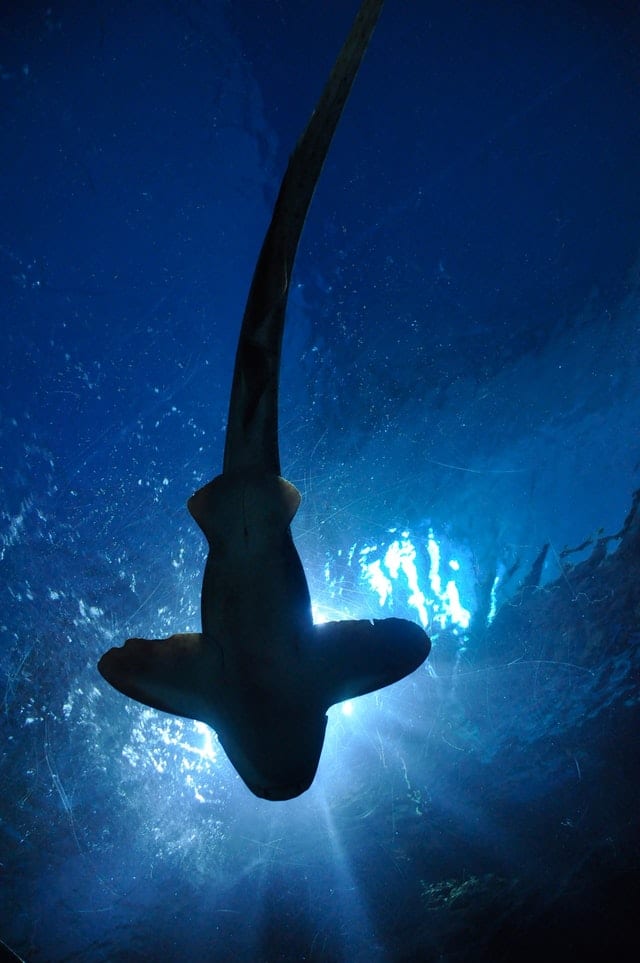When you’re out diving among the beautiful marine life and amazing coral reefs, it’s important that you maintain ocean conservation with proper diving techniques. Ocean conservancy is critical for preserving and protecting our oceans and the aquatic life that lives there. While it may be fun for us to go out and experience the ocean firsthand, it’s important to keep in mind that for the ecosystem to succeed, we need to be cautious about the effects we may be having on the sensitive environment. Fortunately, there are many ways to limit the damage caused by humans while diving. Here are some ways you can promote ocean conservancy on your next diving excursion!
 Perfect Your Buoyancy Skills
Perfect Your Buoyancy Skills
One of the most direct ways for divers to practice ocean conservancy on their dives is by perfecting their buoyancy skills. Buoyancy refers to the force that causes an object to float. It allows divers the ability to avoid causing any harm to the marine environment while also keeping them safe. For instance, when a diver descends too low, they could be falling into the coral or be disturbing the natural habitat with their presence. But, buoyancy allows divers to ascend higher, away from the delicate reefs and sea life that live there.
When you’re on a multilevel dive, you require constant monitoring of neutral buoyancy and need to make necessary adjustments on your buoyancy control device to compensate for your position in the water. Remember, the deeper you go, the heavier you are. Remember, the deeper you go, the heavier you are. And when you’re ascending to shallower areas of the reef, you need to be prepared to let the air out of your buoyancy control device.
Peak Performance Buoyancy Course
A peak performance buoyancy course will teach divers to descend, ascend, and hover effortlessly through the water while also using less air. Not only is peak buoyancy helpful for divers, it also makes it easier to observe aquatic life without disturbing their surroundings.
Use Surge to Your Advantage
Like buoyancy, surge is another diving technique that when mastered, will help you promote ocean conservancy. Surge is the back and forth motions of water caused by wave action. Rather than using your arms to combat 
Surge control will help you manage your movement and prevent you from accidentally harming reef habitats and other marine life.
Educate Yourself on the Wildlife
It’s important that you’re aware of your surroundings while diving among coral reefs and aquatic life. With the knowledge of how coral reefs function, why coral reefs are important, the causes of their decline, and how to help preserve this precious ecosystem, you’re promoting ocean conservancy. Not only will you be more conscious of your actions, but you’ll have the tools to prevent further damage and may even be able to help make a difference. Luckily, there are diving courses available that not only teach you valuable diving skills, but they also teach you how to help conserve these vital ecosystems.
Ocean Conservancy is Best Practiced with a Professional Conservation Course
Extended Horizons offers a variety of conservation courses for novice and avid divers alike. These professional diving courses will help divers hone in on their buoyancy skills, teach divers about the reefs and their importance, and will give you the tools to make a difference on your next dive. Ocean conservation is necessary for divers to be able to continue their passion of diving among the beautiful reefs and amazing sea life they enjoy so much. Learn how you can promote healthy diving methods and a healthy ocean with Extended Horizons Conservation Courses.
 Perfect Your Buoyancy Skills
Perfect Your Buoyancy Skills